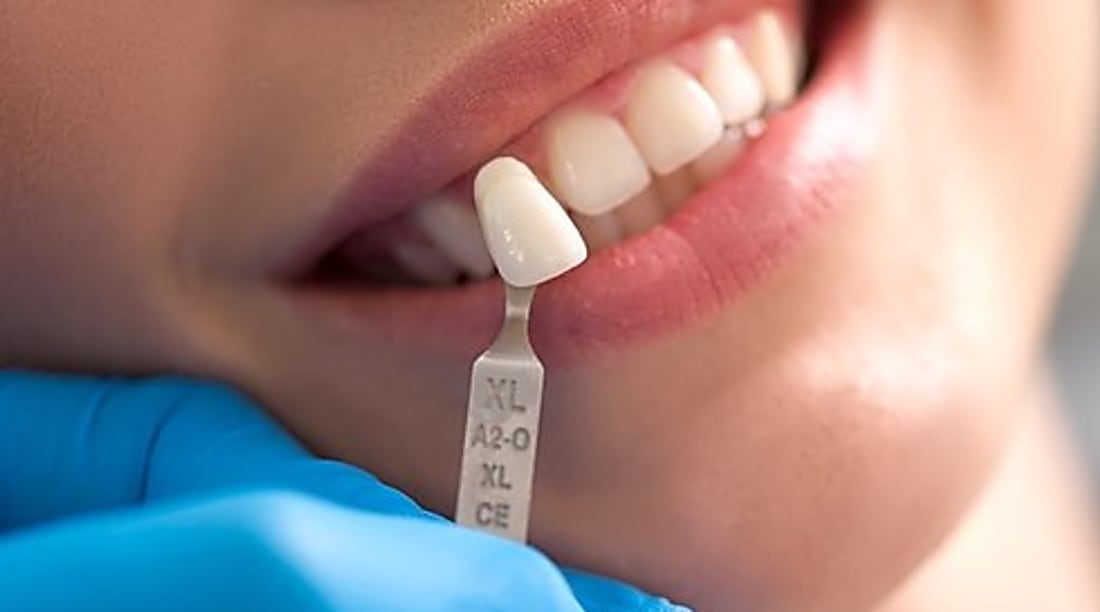Complete Guide to Dental Implants: Permanent Tooth Care
Dental implants are a leading solution for replacing missing teeth, offering a long-lasting, natural-feeling restoration. This guide explains how implants work, the treatment timeline, cost ranges, and essential aftercare tips to protect your investment and oral health. Learn what to expect from evaluation to final restoration and how implants compare to dentures and bridges.

Why Choose Dental Implants
Dental implants are widely regarded as the most durable and natural-feeling option for replacing missing teeth. Unlike removable dentures, implants are anchored in the jawbone, which helps preserve facial contours and prevents the bone loss that often follows tooth loss. Because implants are self-supporting, they don’t rely on neighboring teeth for stability, making them a conservative alternative to traditional bridges that require altering adjacent healthy teeth.
Beyond functional benefits, implants restore chewing power and speech in a way that closely resembles natural teeth. They eliminate the slipping and shifting associated with dentures, allowing you to eat and speak with confidence. For many patients, the improved comfort and aesthetics translate into a significant boost in self-esteem.
What Happens During the Implant Process
The dental implant journey typically unfolds over several months, with timeframes varying based on individual health and whether additional procedures are needed. A typical timeline runs from about three to nine months and includes these key stages:
- Diagnostic evaluation: Your dentist will assess your overall oral health, take X-rays and often 3D scans to measure bone volume and identify ideal implant placement.
- Surgical placement: The implant — a small titanium post that acts like a tooth root — is surgically inserted into the jawbone. This is usually performed under local anesthesia and sometimes sedation.
- Healing and osseointegration: Over the following weeks to months, the implant fuses with the surrounding bone in a process called osseointegration, providing a stable foundation for the restoration.
- Abutment attachment: Once fused, a connector piece called an abutment is placed on the implant to support the final prosthetic.
- Final restoration: The custom-made crown, bridge, or implant-supported denture is attached to the abutment, completing the restoration.
Some clinics offer same-day provisional restorations in select cases, but definitive restorations are typically placed after the implant has fully integrated for long-term success.
Costs and Treatment Options
Prices for dental implants can vary widely depending on several factors, including how many teeth need replacing, the type of restoration chosen, geographic location, and whether preparatory procedures like bone grafting or sinus lifts are required. Below is a general pricing guide to help set expectations.
| Procedure Type | Average Cost Range | What the Price Typically Covers |
|---|---|---|
| Single Tooth Implant | $3,000–$4,500 | Implant post, abutment, and custom crown |
| Full Mouth Implants | $20,000–$45,000 | Complete upper and lower implant-supported dentures |
| All-on-4 Implants | $15,000–$28,000 | Per-arch fixed implant-supported restoration |
Prices, rates, or cost estimates mentioned in this article are based on the latest available information but may change over time. Independent research is advised before making financial decisions.
While insurance coverage for implants is improving, many plans still limit benefits. Financing options, dental loans, or phased treatments are common ways to manage expense. A consultation with a dental professional will provide a tailored estimate based on your needs.
Preparing for Treatment and Potential Additional Procedures
Not everyone is an immediate candidate for implants. Sufficient jawbone volume is essential to support the implant. If bone has deteriorated after tooth loss, bone grafting or other reconstructive procedures may be recommended to create a stable base. Similarly, smokers or people with uncontrolled medical conditions such as diabetes may require medical management to improve implant prognosis.
Your dentist or oral surgeon will review your medical history, examine your oral tissues, and recommend any preparatory treatments to improve the likelihood of long-term success.
Caring for Implants to Ensure Longevity
Dental implants are resistant to decay, but the surrounding gum tissue and bone can still be affected by infection. Good oral hygiene and routine dental care are crucial:
- Brush twice daily with a soft-bristled brush and low-abrasive toothpaste.
- Floss daily around the implant and use interdental brushes where appropriate.
- Attend regular professional cleanings and checkups so your dentist can monitor implant health and catch problems early.
- Avoid tobacco, which can impair healing and increase the risk of implant failure.
With consistent care, many patients enjoy implant-supported restorations for decades. Factors that influence longevity include oral hygiene, general health, and regular professional monitoring.
Making an Informed Decision
Choosing dental implants involves balancing clinical factors, personal goals, and financial considerations. Consultations with experienced implant dentists or oral surgeons can clarify whether implants are the best solution for your situation and outline the expected timeline, costs, and alternatives.
If you are comparing options, consider the long-term benefits of implant-supported restorations versus the short-term savings of removable appliances. While implants often require a larger initial investment, their durability, function, and ability to preserve bone make them a valuable long-term solution for many patients.
This article is for informational purposes only and should not be considered medical advice. Please consult a qualified healthcare professional for personalized guidance and treatment.






